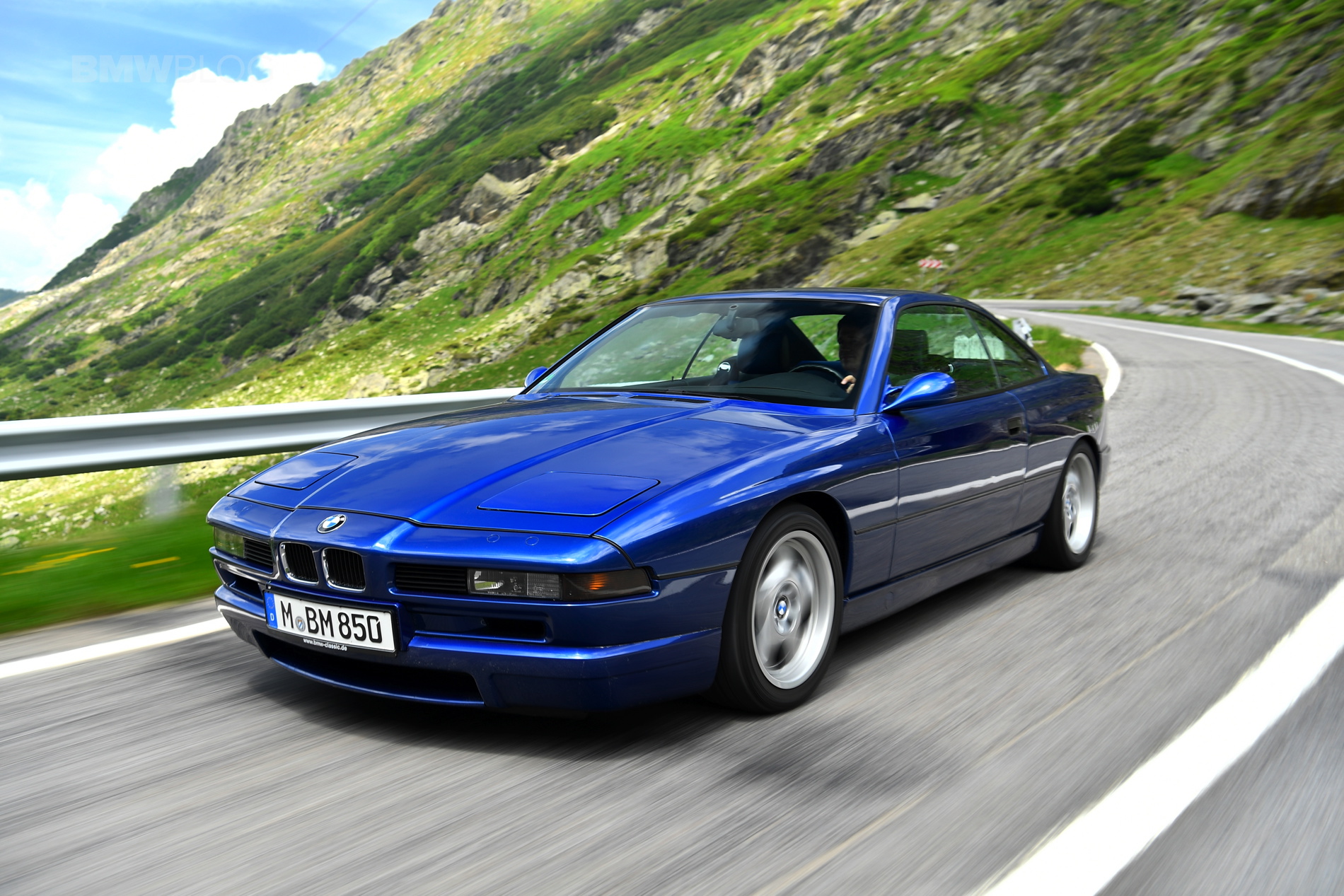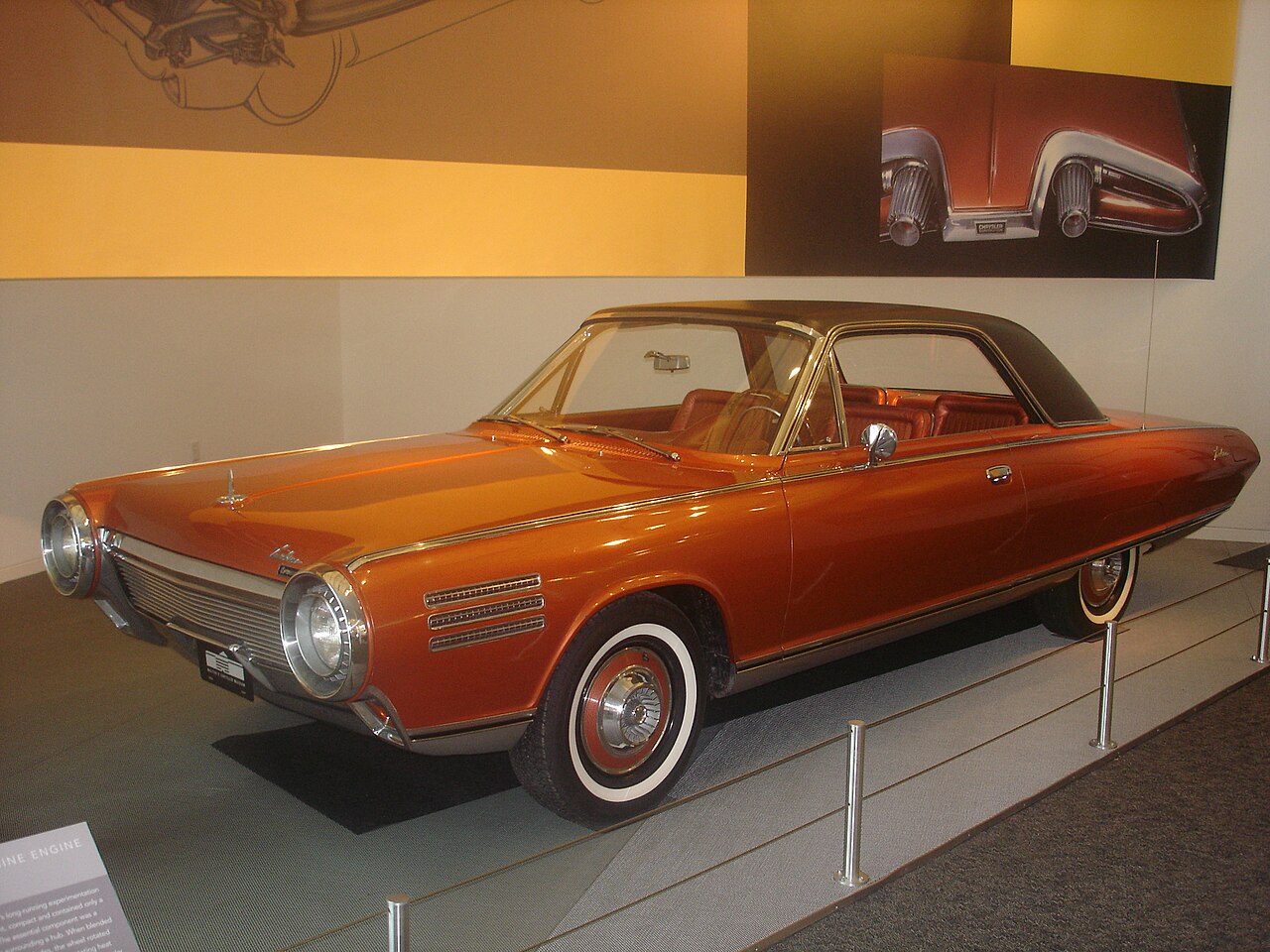If I had to limit myself to cars that were on sale during my birth year of 1992 (not necessarily launched in it), it would have to be the Mazda RX-7 FD. Although it was introduced at the 1991 Tokyo Motor Show, a few months after the quad-rotary-powered 787B won the 24 Hours of Le Mans, it didn’t go on sale in export markets until early in the following year.

Growing up, I was amazed that a relatively small company like Mazda could deliver a world-class sports car that was supremely capable, highly attractive, lightweight, and most unexpectedly of all, affordable. Here is what Road & Track had to say about it at the time:
Looking back, the circumstances that led to the FD RX-7’s birth will never be repeated, but it left behind an incredible legacy:
https://www.whichcar.com.au/features/modern-classic-mazda-rx-7
For me, the FD RX-7’s legacy was cemented when it was chosen as one of eight cars to appear in the first Need for Speed game - it wasn’t the fastest car, far from it in fact, but it was the best-looking, and it would make many more video game appearances (in Gran Turismo, Forza Motorsport/Horizon, Race Driver/GRiD, etc.) in the years since:
Unsurprisingly, clean examples of the FD are now sought after, with the best ones fetching big sums of money at auctions. Pre-facelift cars (Series 6 and 7) look best, but the later Series 8 examples (especially the Type RZ, Type R Bathurst R, and Spirit R Type A) are even better to drive.
I’m not sure if (and when) the RX-7 will ever be directly replaced, but had Mazda done so, it would have come out in 2014, and looked like this:
The fact that Mazda is still working on a next-gen rotary engine (and even offers one as a hybrid range-extender today), despite its inherent drawbacks, is testament to its legacy:
But there will never, ever be anything quite like the FD RX-7 - a singular work of rotary-powered art that brought light weight, blistering performance, and class-leading dynamics to the common man.


























